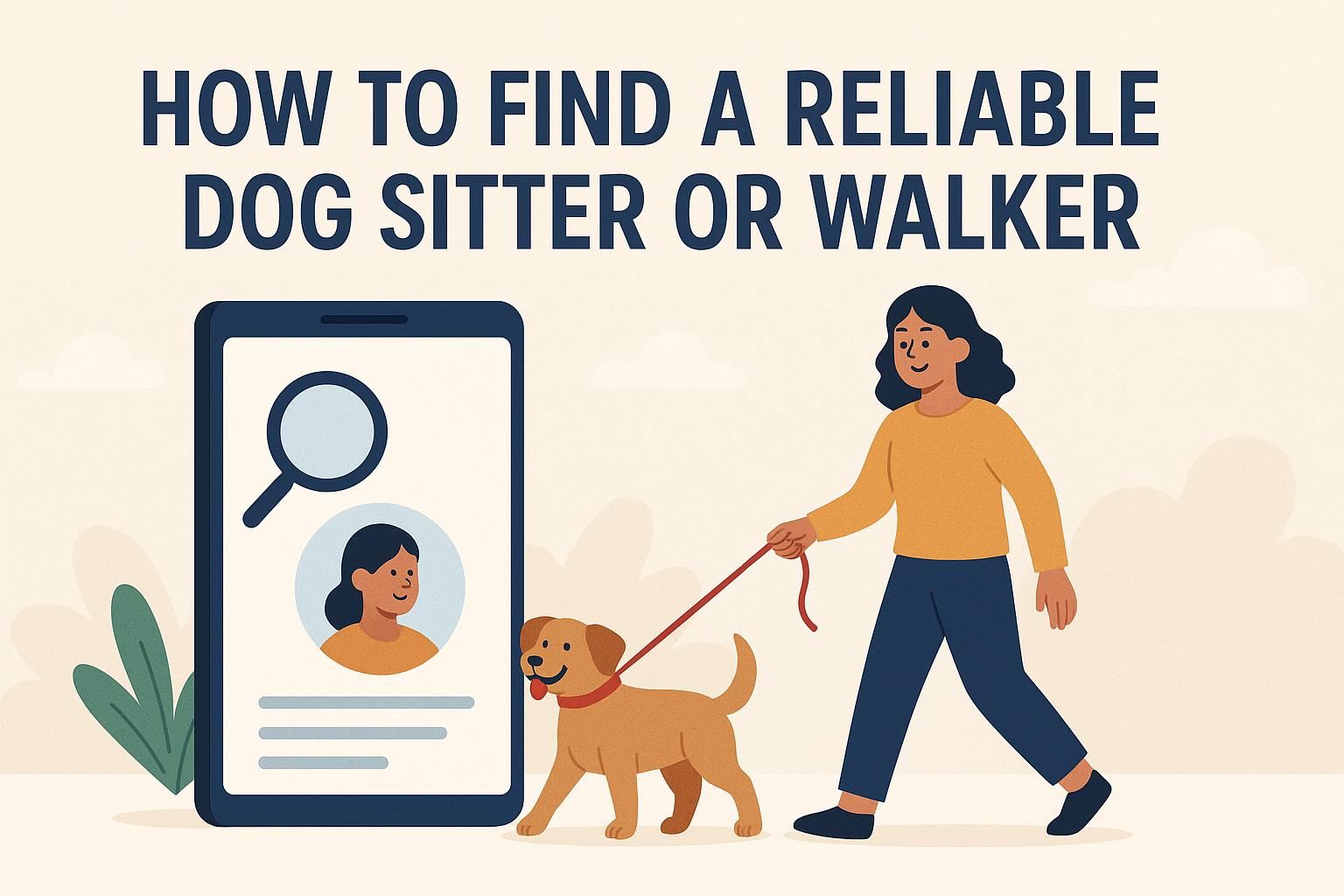
Before embarking on the journey to find the right dog sitter or walker, it’s paramount to identify your precise requirements. This initial step lays the foundation for a smooth and successful search process. Reflect upon the specifics of your situation: Do you need someone to take your dog for a walk during the day, or are you looking for a sitter to provide overnight care? The duration of care—whether it’s occasional, or on a regular basis—is crucial to understand. Additionally, take into account any special requirements your pet might have, such as medical needs, dietary restrictions, or behavioral issues. Having a firm grasp on these factors will significantly streamline the process of evaluating potential candidates and ensure you select someone who is a good fit for your dog.
With your needs clearly delineated, the next logical step is to conduct thorough research. The digital age offers a plethora of resources at your fingertips, starting with reputable pet care websites and platforms. Websites like Rover and Care.com are renowned for connecting pet owners with reliable caretakers and often feature reviews and ratings from past clients. These testimonials can provide invaluable insights into the experiences of other pet owners and help you gauge the reliability and trustworthiness of potential candidates.
In addition to online research, tapping into local resources can be equally beneficial. Consider reaching out to veterinarians or employees at pet stores in your area. These professionals are often well-connected within the local pet care community and can offer recommendations based on their own experiences and client feedback. Sometimes, the best referrals come from those who are intimately familiar with the nuances of pet care.
Once a shortlist of potential candidates is in place, it’s time to move into the interview phase. Unlike other hiring processes, interviewing for a pet care position requires a thoughtful approach that accounts for both practical experience and a genuine affinity for animals. During these interviews, pose specific questions that probe into their background and aptitude. Examples include asking how long they have been active as a dog sitter or walker, whether they can furnish references from previous clients, and their familiarity with caring for dogs with special needs. Evaluating their responses will shed light on their reliability, experience, and capability to handle the demands of caring for your pet.
Following a successful interview, due diligence involves verifying the references and credentials of the top candidates. Reach out to the references provided to confirm their past experiences and the level of satisfaction they had with the service received. Inquire not just about reliability and care quality but also the sitter or walker’s demeanor and responsiveness in various situations. Furthermore, it’s advantageous to ask about any professional training or certifications the candidate may hold, such as pet CPR or first aid, as these qualifications can be a testament to their dedication and expertise in pet care.
Before committing to a long-term arrangement, consider instituting a trial period. This probationary phase could be as simple as a single dog walk or an abbreviated stint of pet sitting. A trial allows you to observe firsthand how the candidate interacts with your dog and manages the responsibilities. Pay close attention to their punctuality, attention to detail, and overall attentiveness to your dog’s needs during this period.
Once a suitable candidate has been identified, the next crucial step is to discuss the terms and conditions of the engagement. Clarity in this aspect ensures mutual understanding and minimizes potential future conflicts. Address topics such as the fees for their services, their availability and scheduling preferences, cancellation policies, and the specific responsibilities they will undertake. It’s wise to document these terms in writing to avoid any confusion and to serve as a reference should any disputes arise later.
Fostering a relationship based on trust and transparent communication is essential for a successful dog sitter or walker relationship. As a pet owner, you entrust the care of your beloved animal to this individual, and open lines of communication can ensure smooth operations and the well-being of your pet. Regular updates, whether via texts, photos, or emails, can keep you informed about your dog’s activities and health, allowing for the prompt addressing of any concerns. Offering feedback, both positive and constructive, helps in maintaining a collaborative relationship where your expectations are understood and met.
By adhering to these systematically outlined steps, you can navigate the process of finding a reliable dog sitter or walker with confidence. For those seeking additional guidance, consulting specialized pet care resources or engaging with local pet care associations can further enhance your search, providing you with peace of mind knowing your pet is in capable hands.